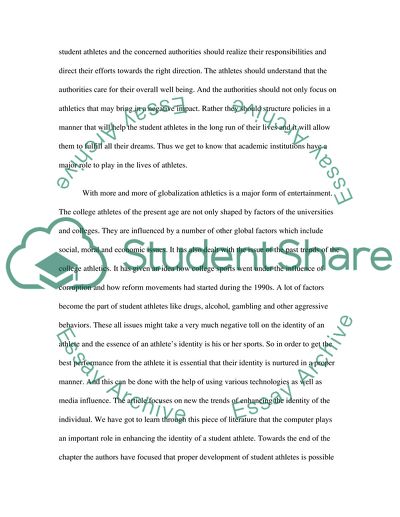Cite this document
(“Advising and Counseling Student Athletes by Broughton and Neyer Article”, n.d.)
Advising and Counseling Student Athletes by Broughton and Neyer Article. Retrieved from https://studentshare.org/education/1555577-review-of-the-literature
Advising and Counseling Student Athletes by Broughton and Neyer Article. Retrieved from https://studentshare.org/education/1555577-review-of-the-literature
(Advising and Counseling Student Athletes by Broughton and Neyer Article)
Advising and Counseling Student Athletes by Broughton and Neyer Article. https://studentshare.org/education/1555577-review-of-the-literature.
Advising and Counseling Student Athletes by Broughton and Neyer Article. https://studentshare.org/education/1555577-review-of-the-literature.
“Advising and Counseling Student Athletes by Broughton and Neyer Article”, n.d. https://studentshare.org/education/1555577-review-of-the-literature.


